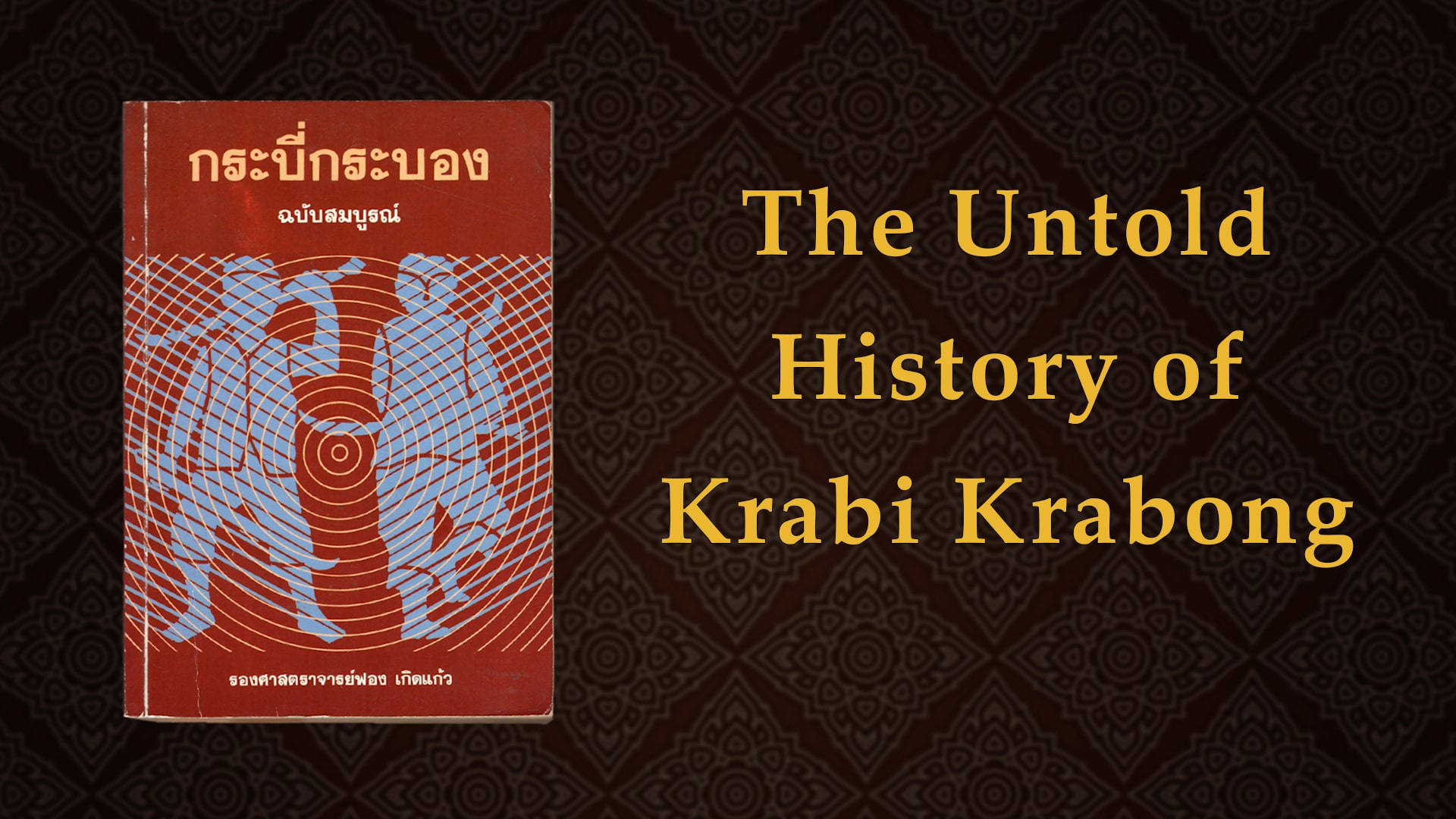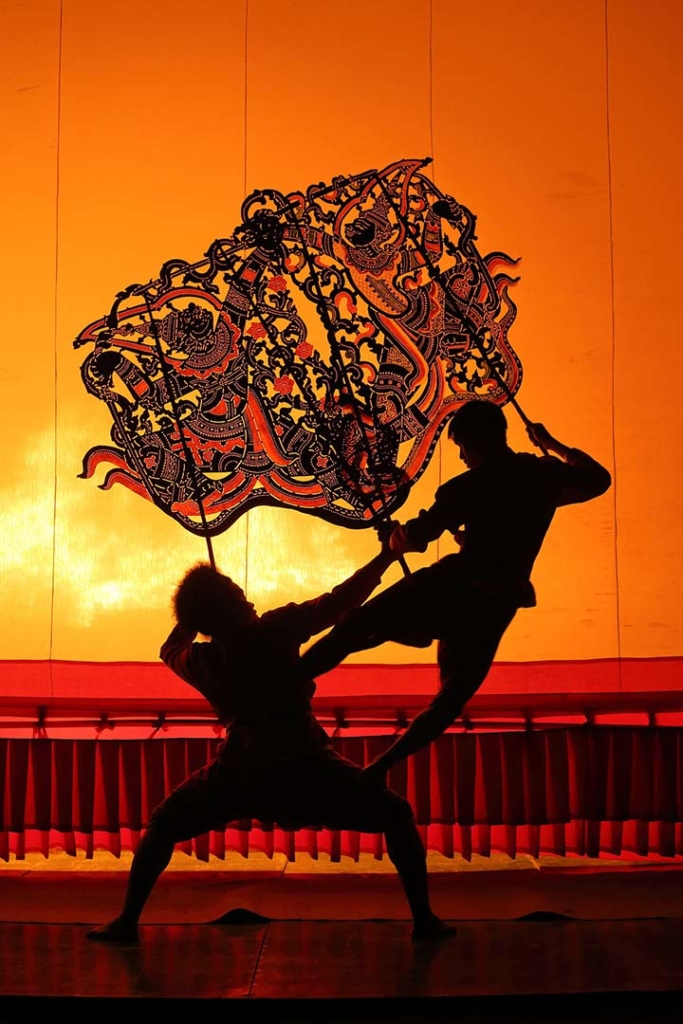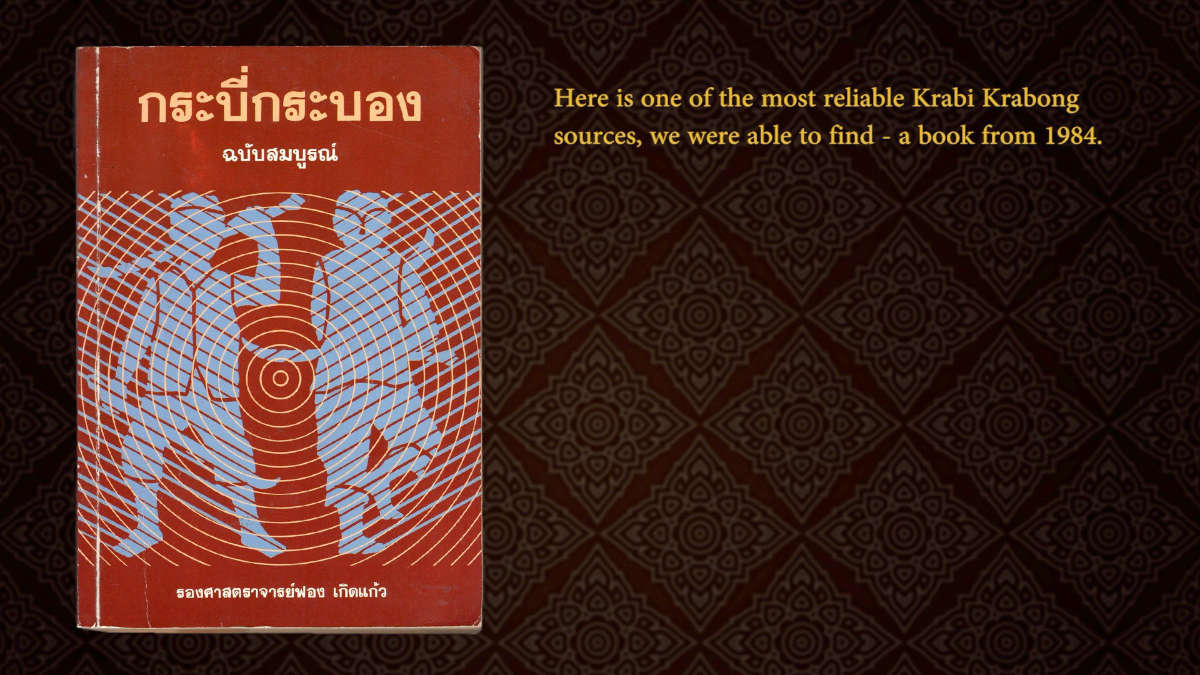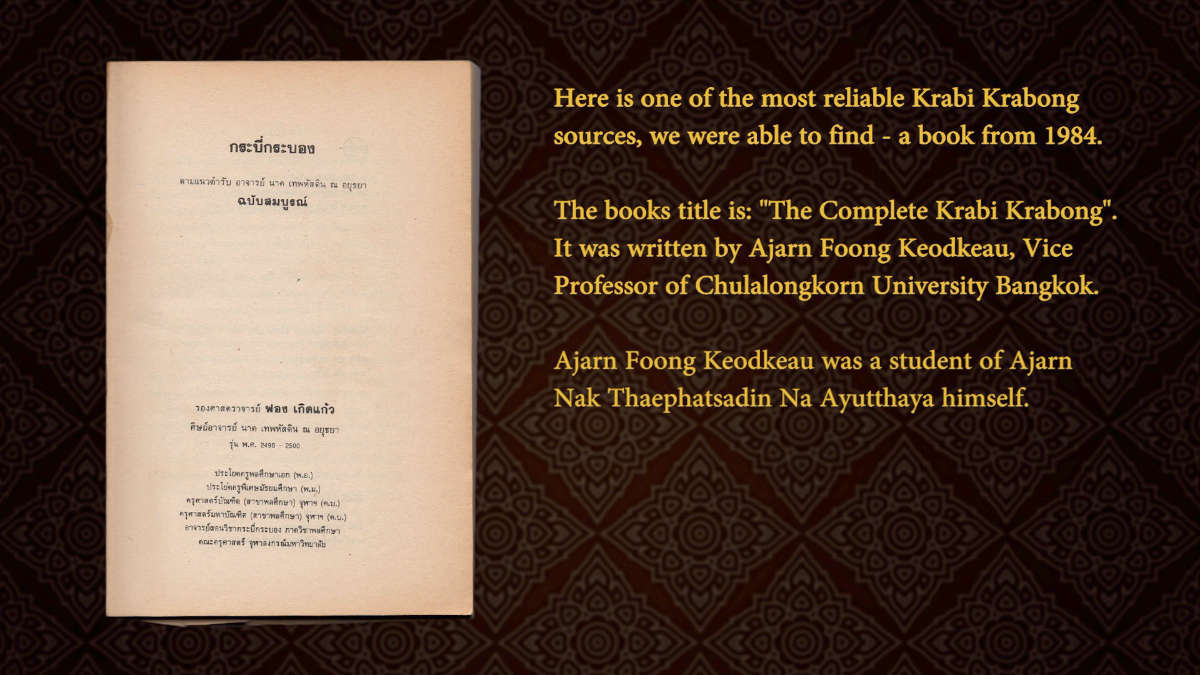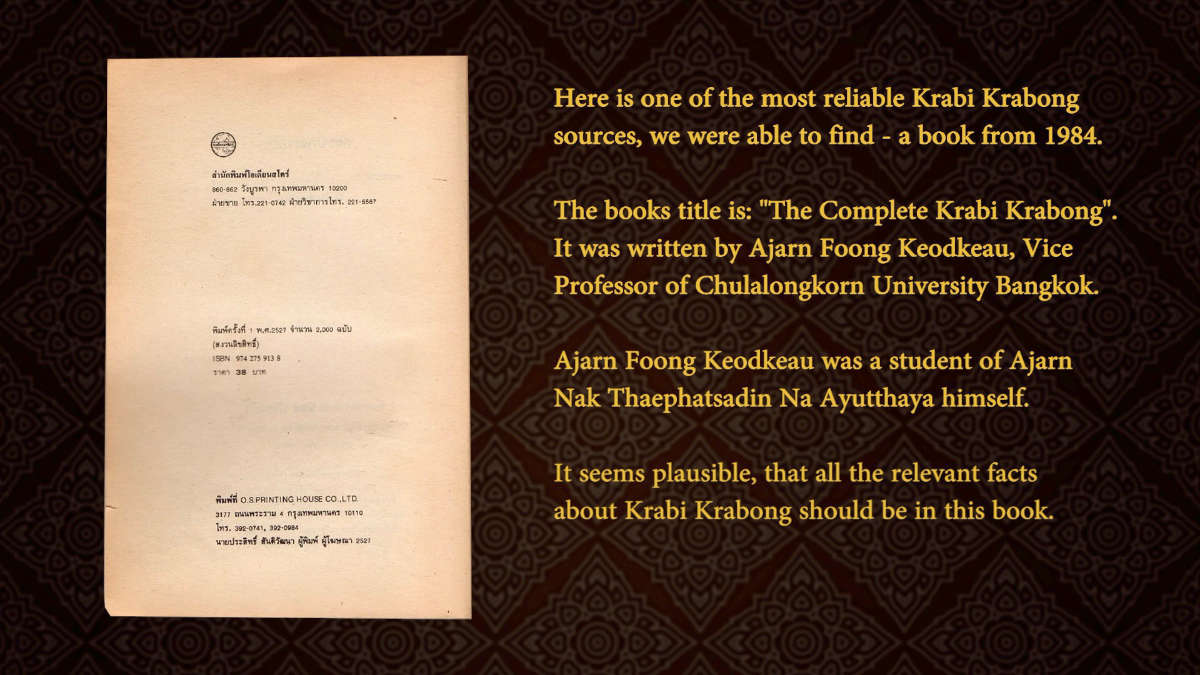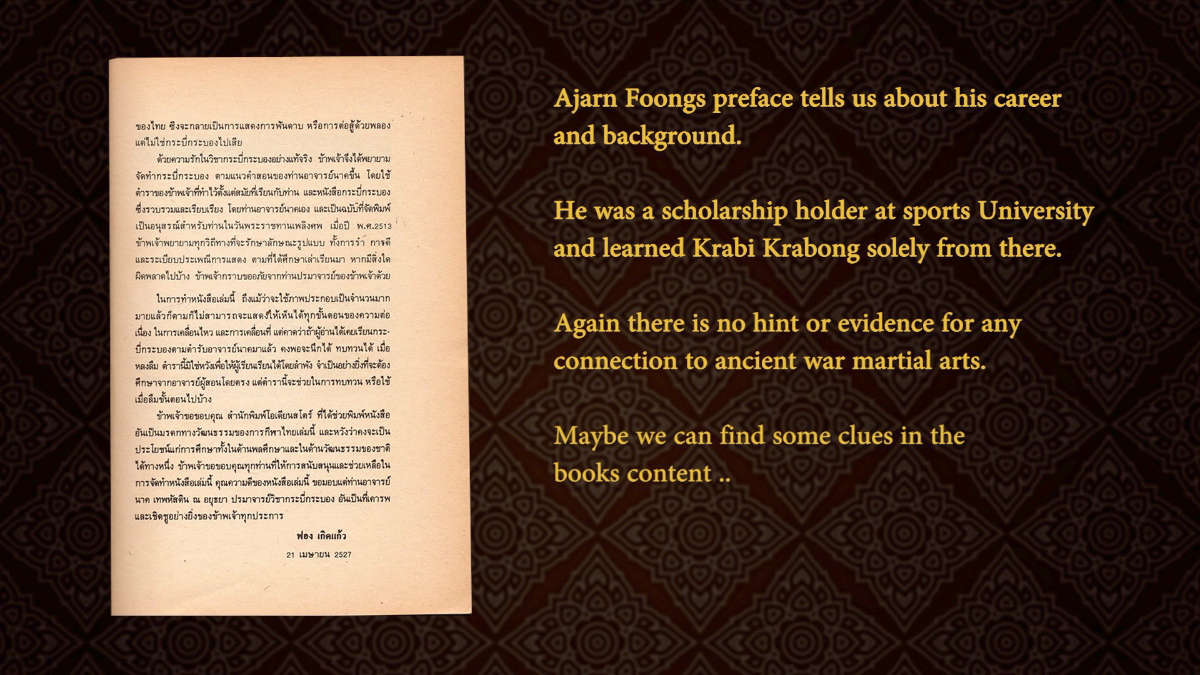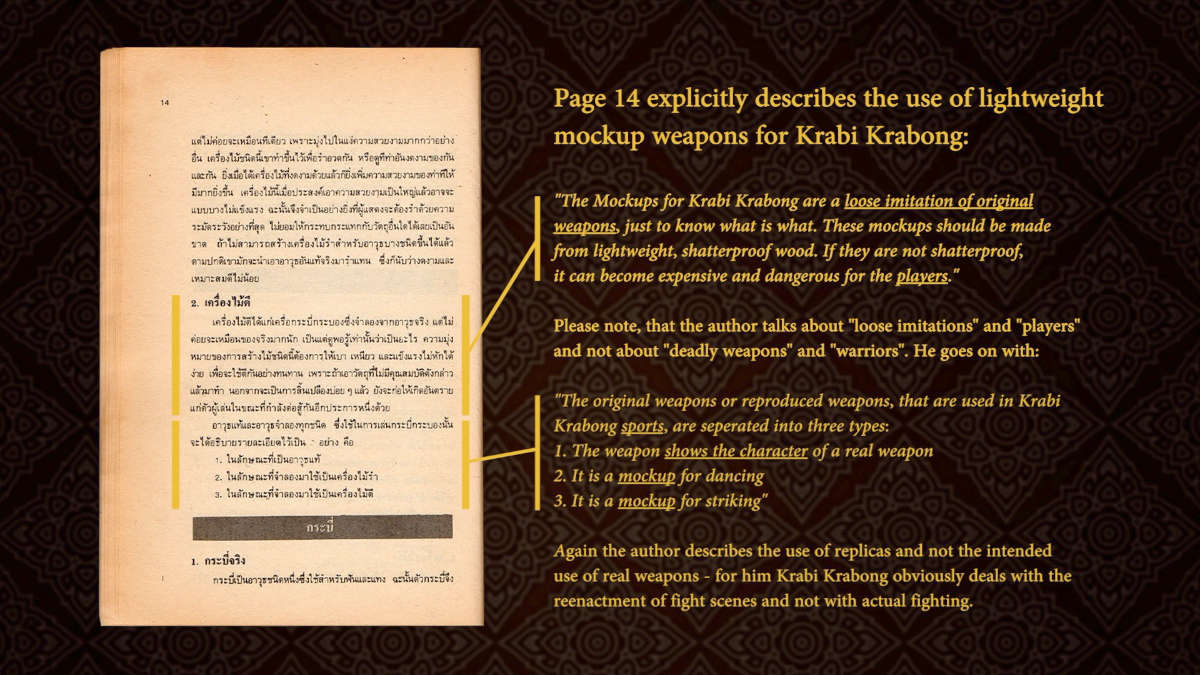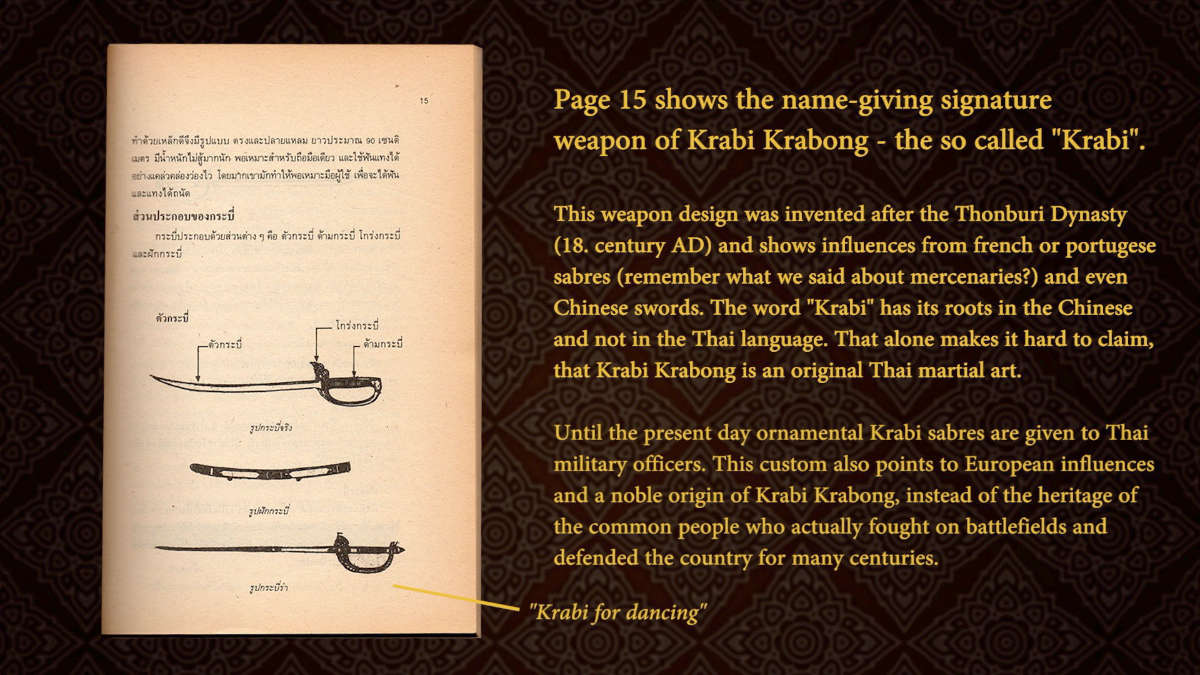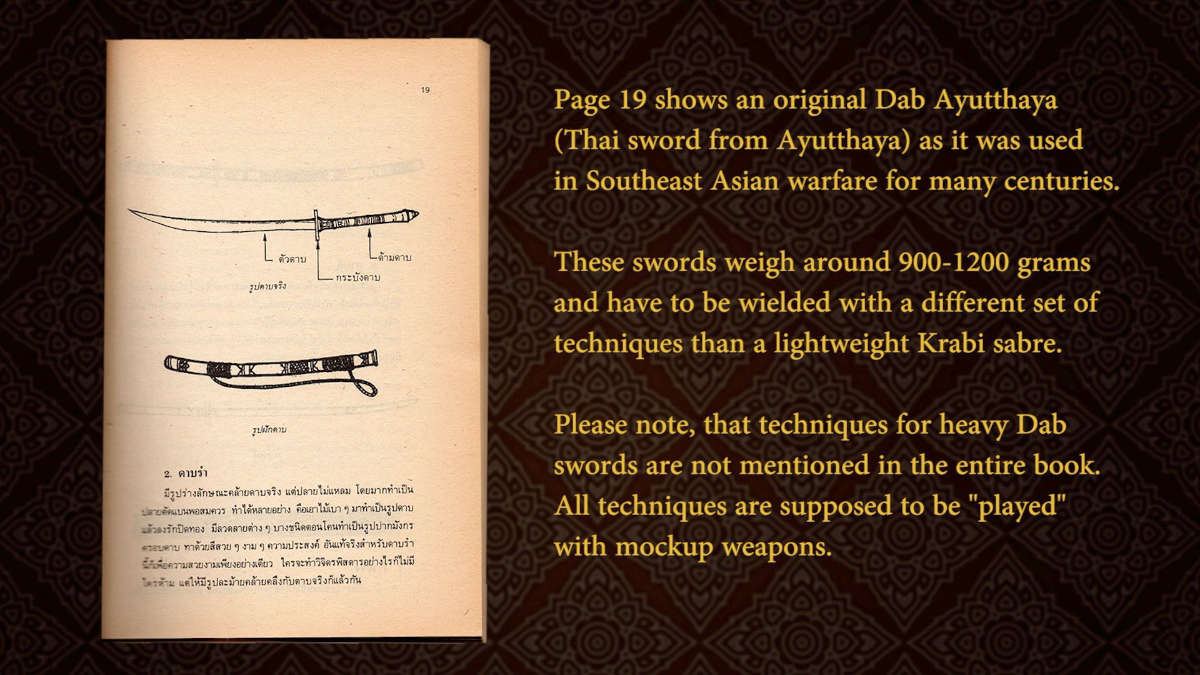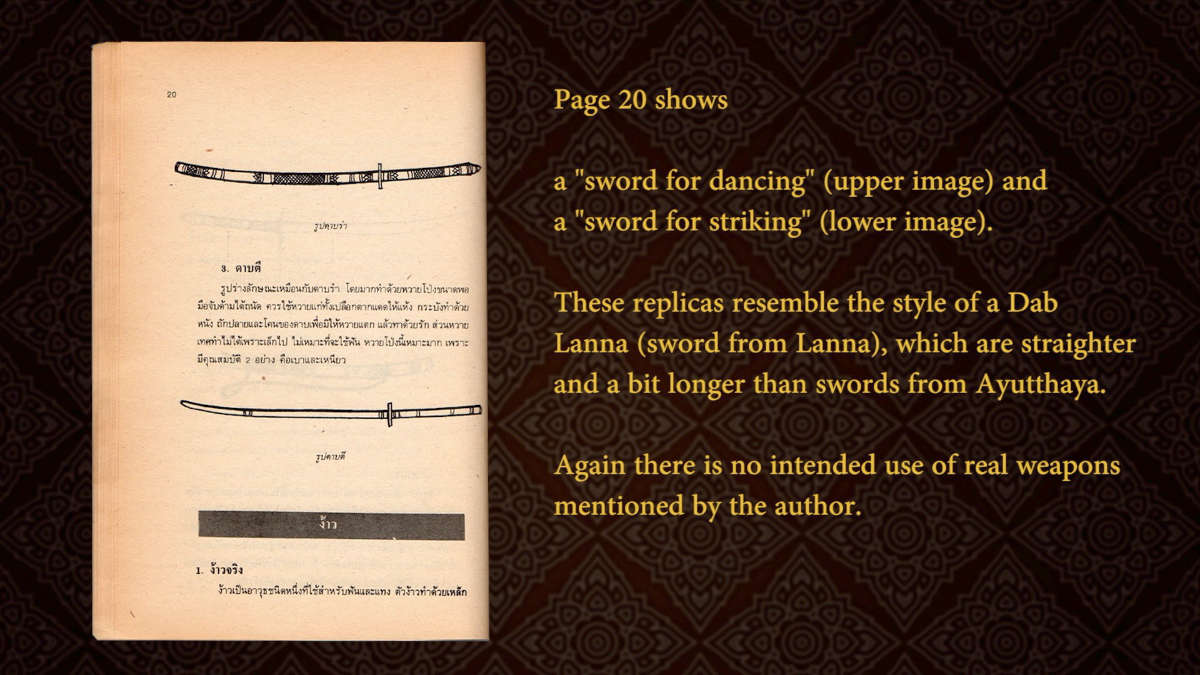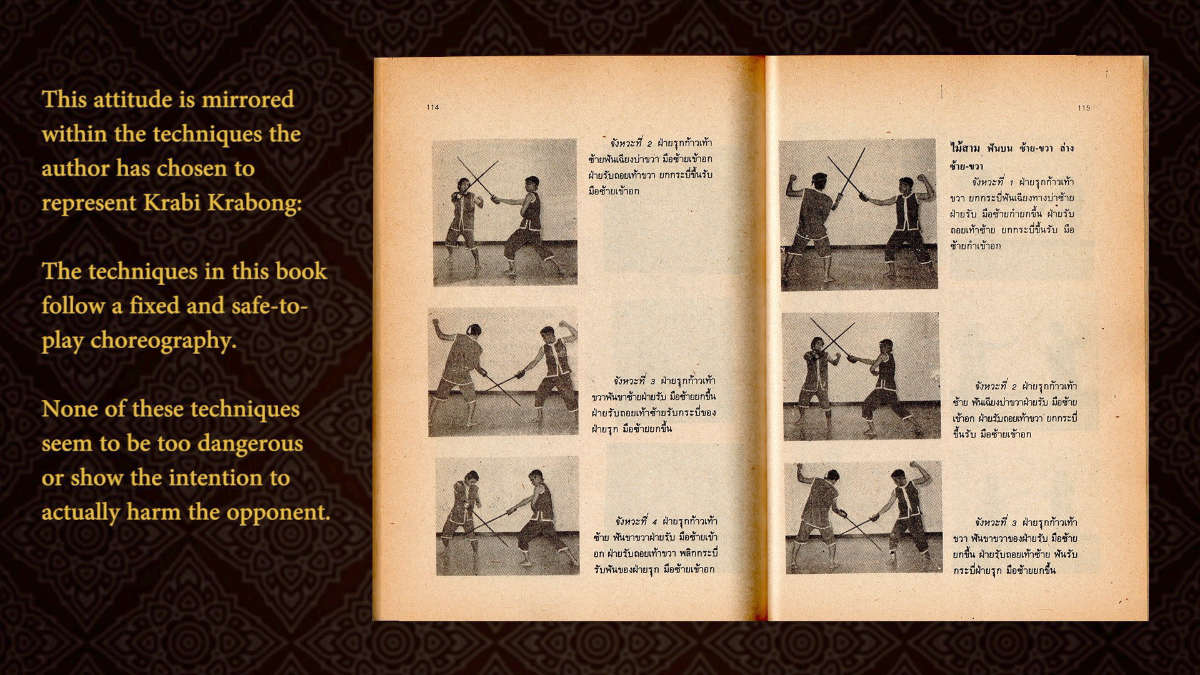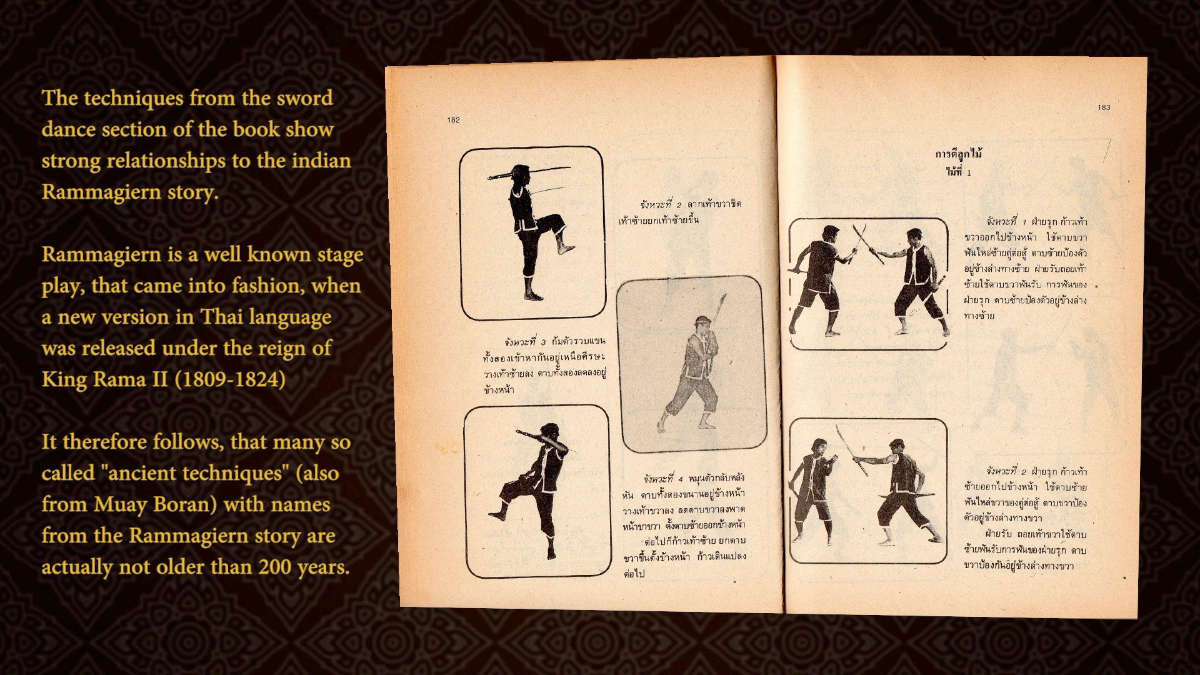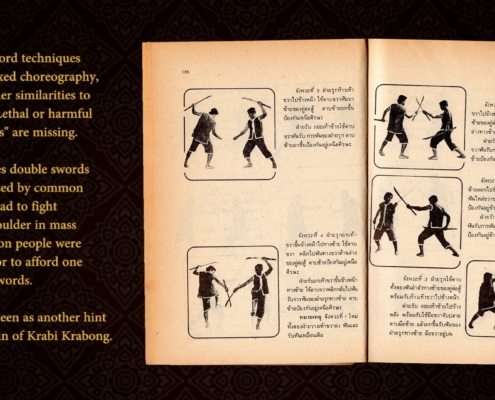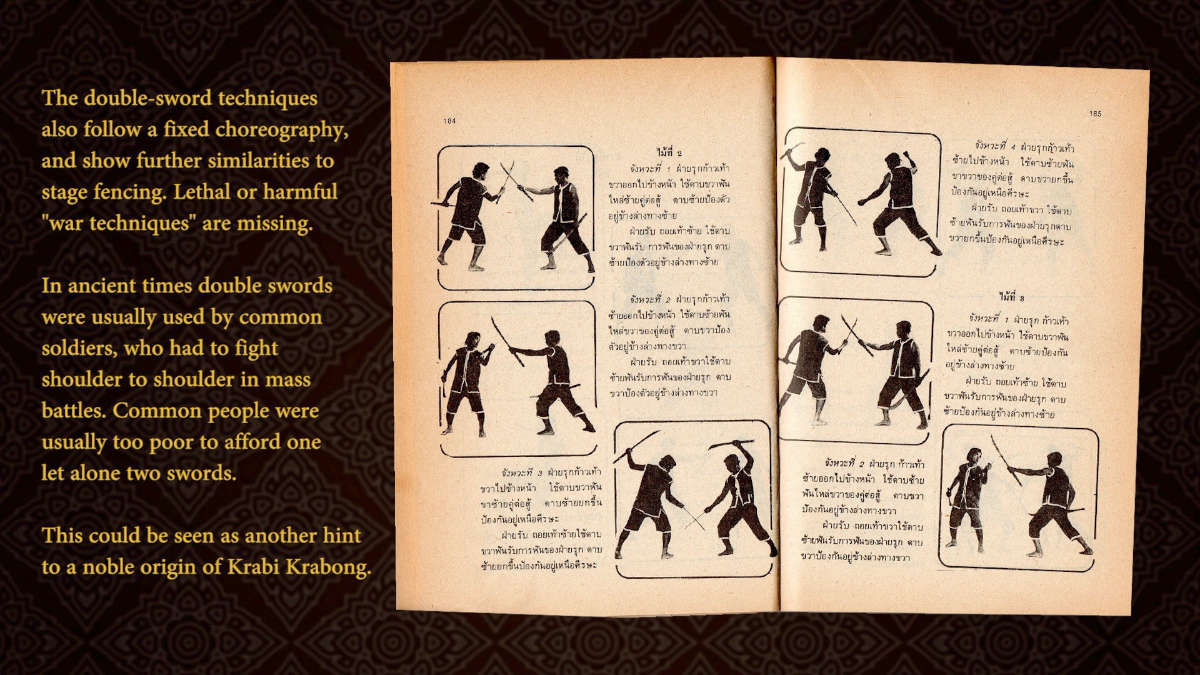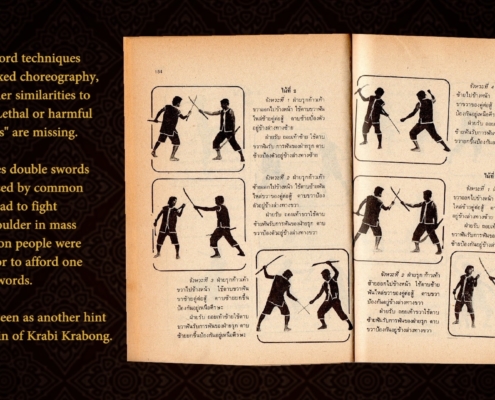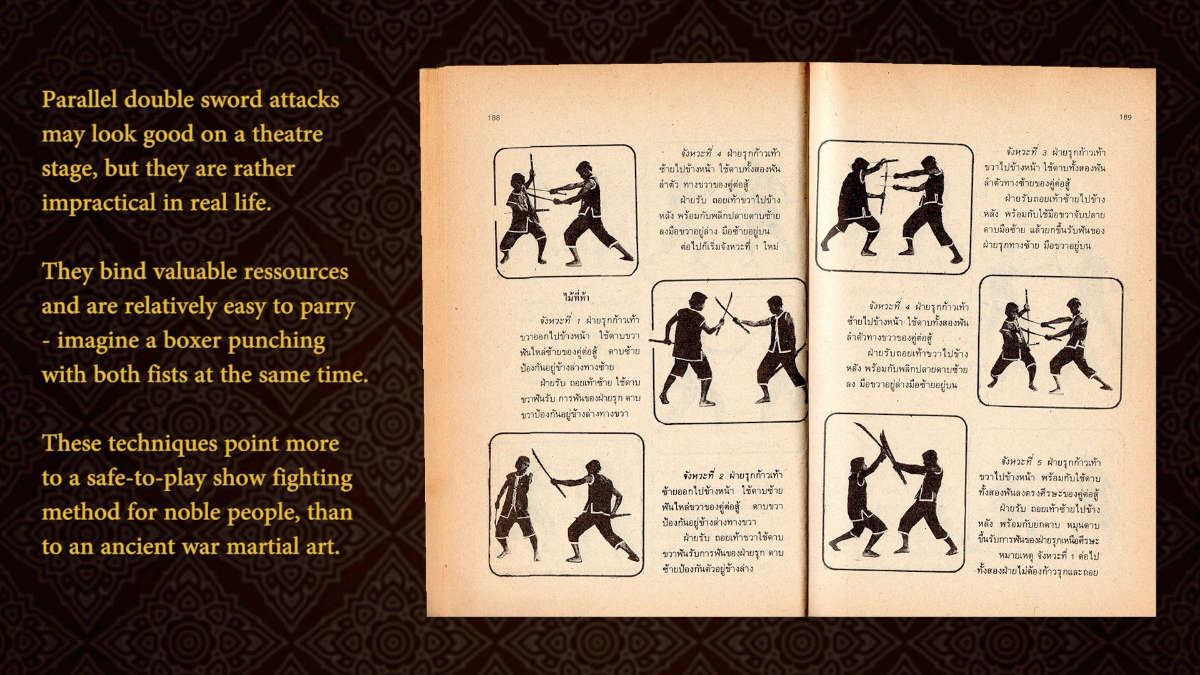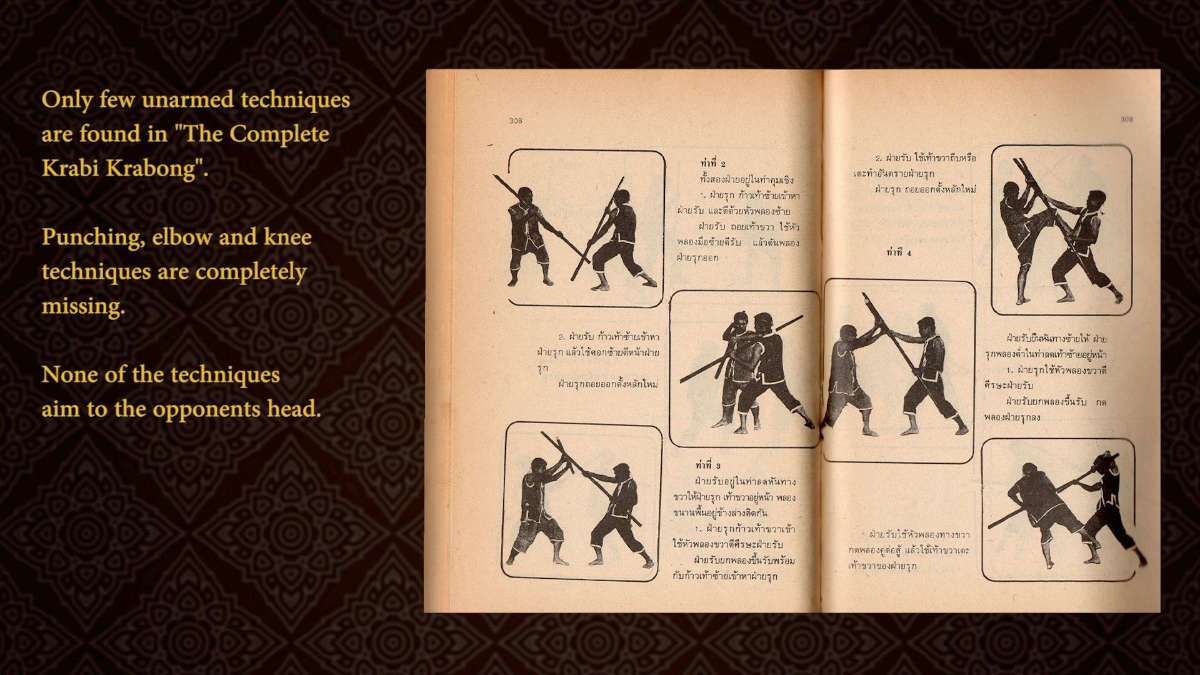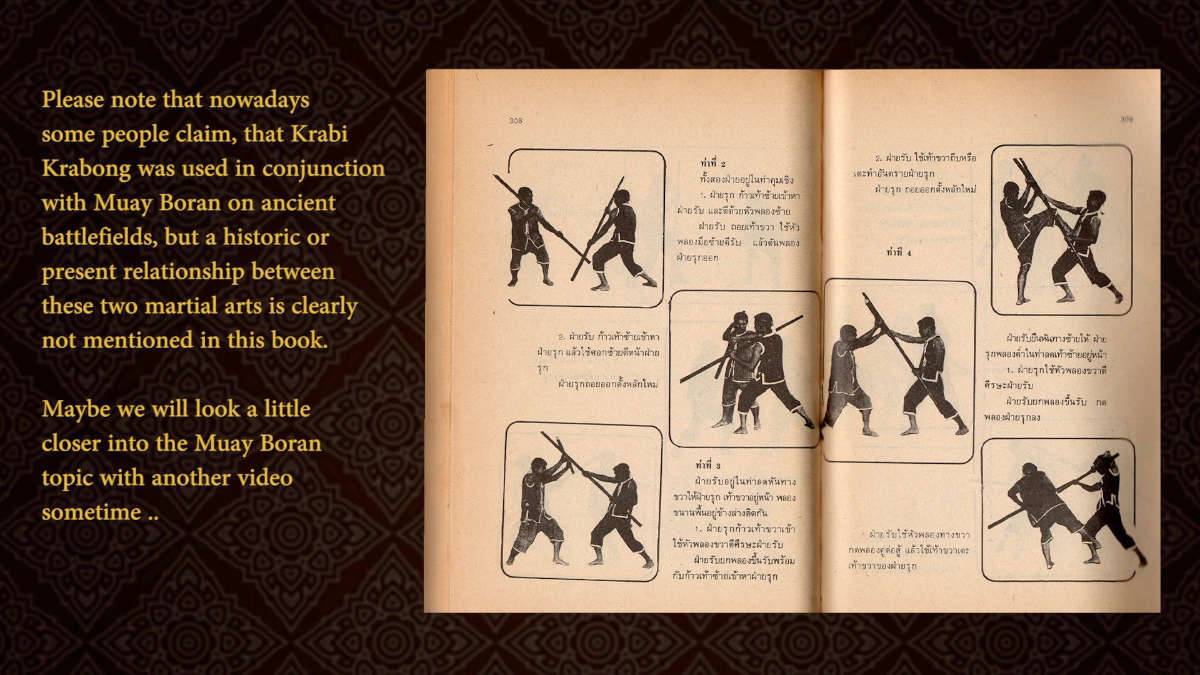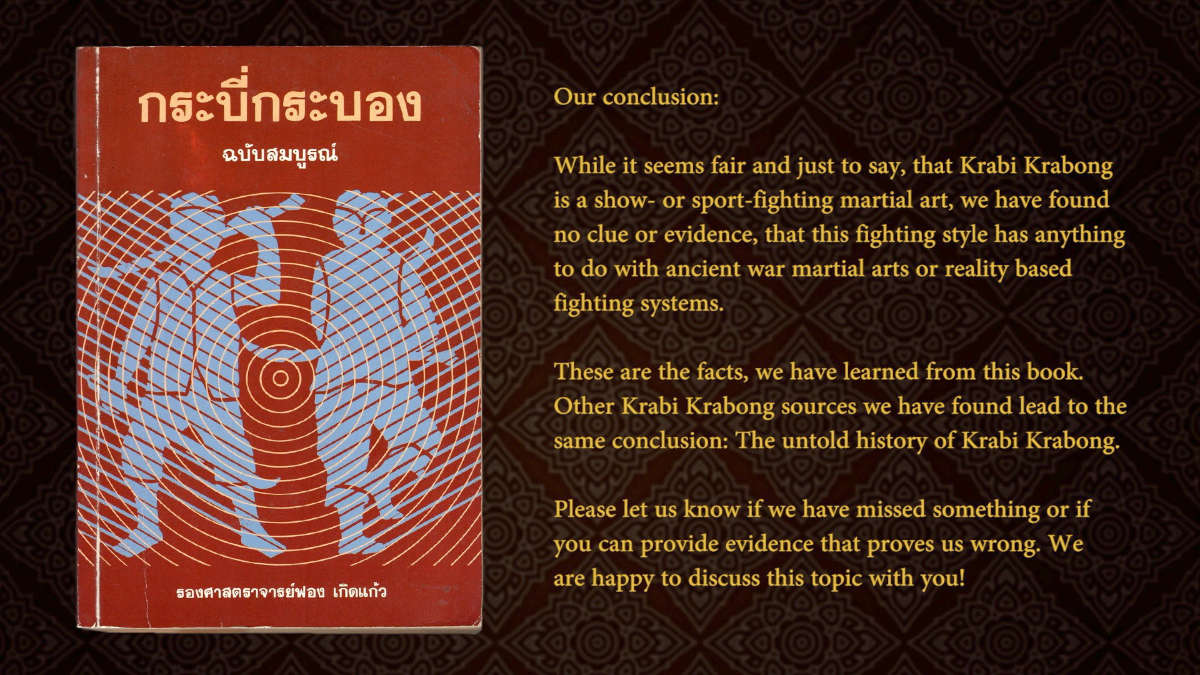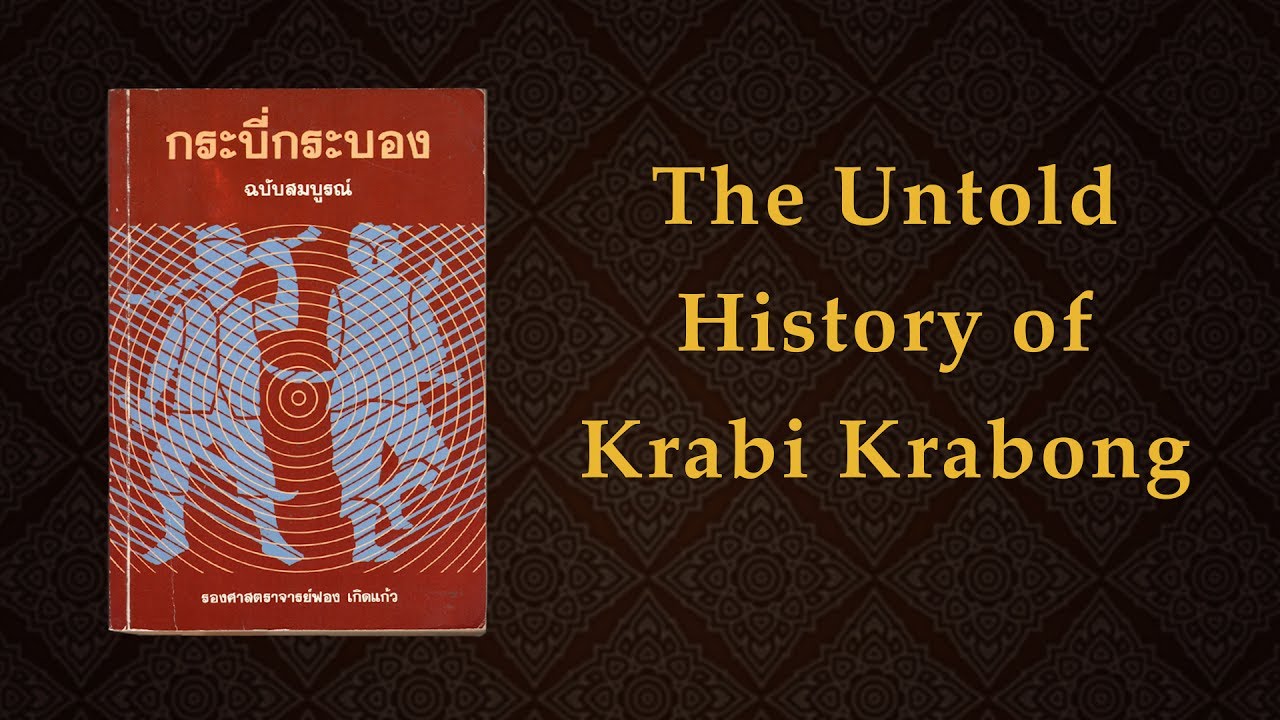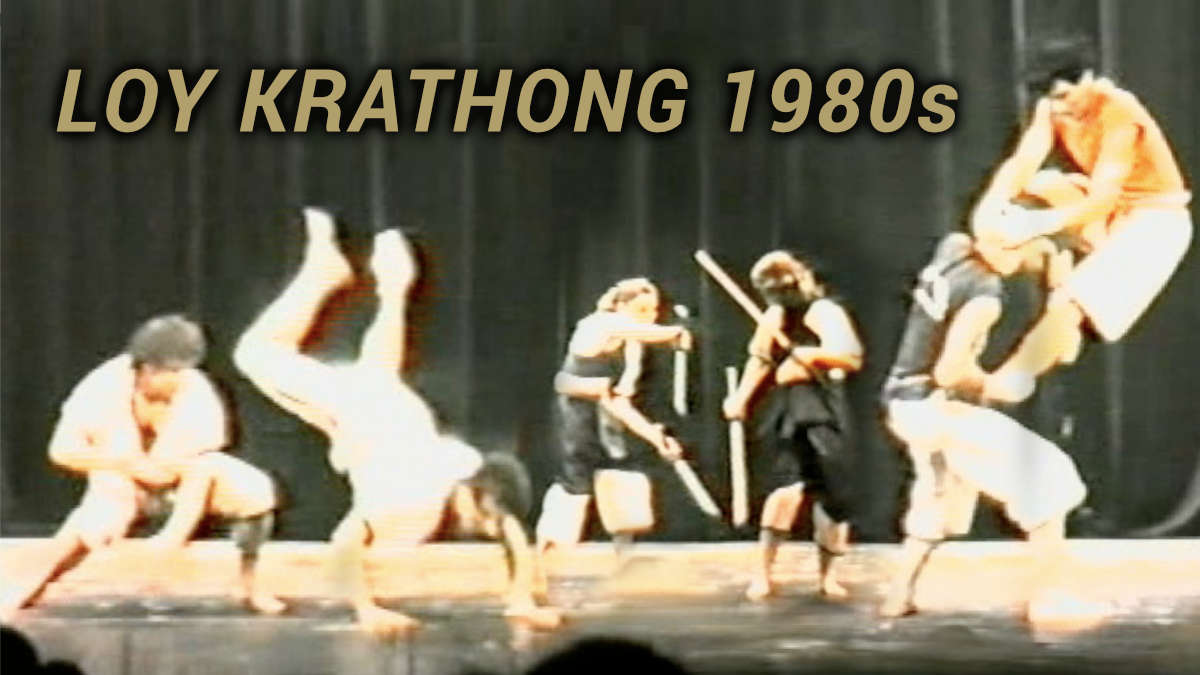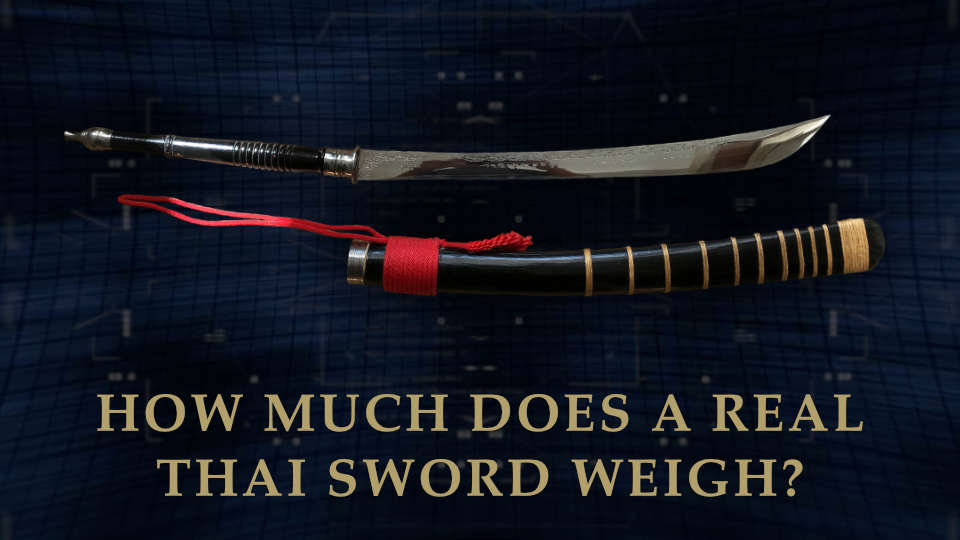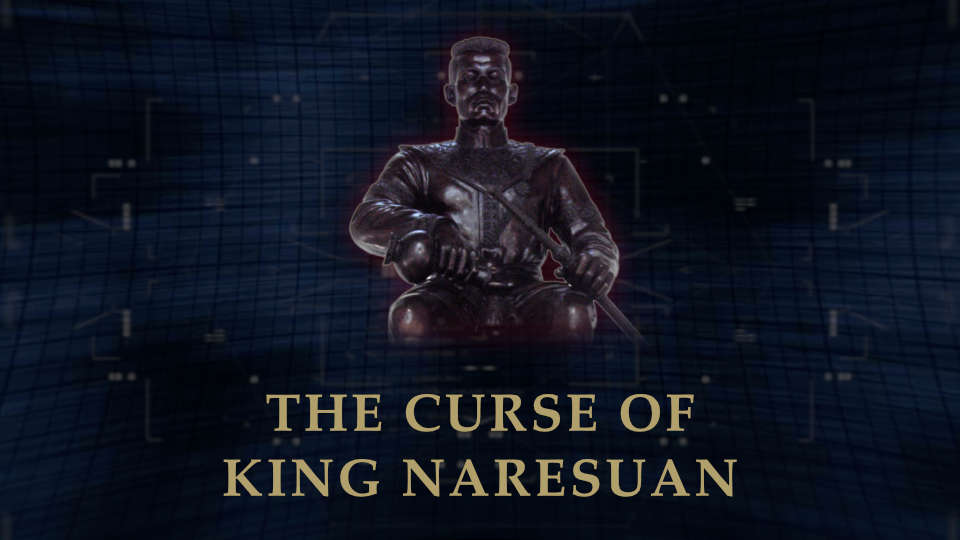Content
The untold history of Krabi Krabong
After the execution of King Tak Sin in 1782 A.D., the remaining Free-Warriors (Pahuyuth) withdrew from the light of the public and went underground for fear of persecution.
Western influences and the increasing number of European mercenaries with modern firearms in the country led many of the old teachers to believe that their knowledge would no longer be needed. Many of them took their secrets to the grave. Those who continued to teach did so in secret and far from the royal court.
Pahuyuth, the ancient martial art of the common people, gradually disappeared from the light of the public and became a legend of the past. The existence of the ancient Free-Warriors and their historical significance for the fate of the country was erased from the history books and fell into oblivion.
The origins of Krabi Krabong
Many years later – during the reign of King Rama II (1809-1826 AD) – members of the royal family developed a new fighting style. The name of this fighting style is Krabi Krabong.
Krabi Krabong was originally invented to be an attractive, representative and safe sporting activity for noble people. Later on, it became a kind of stage fencing for plays and for the entertainment of foreign guests at the royal court.
For more than a century, Krabi Krabong was reserved exclusively for members of the royal family.
Distribution of Krabi Krabong
It was not until 1920 AD that a man by the name of Ajarn Nak Thaephatsadin Na Ayutthaya (with the benevolent support of King Rama VI) brought the Krabi Krabong to the public.
A few years later (around 1936 AD) Krabi Krabong was included in the curriculum of Thai sports universities. From here Krabi Krabong became a popular sport in Thailand. From here Krabi Krabong became a popular sport in Thailand.
As a result, Krabi Krabong has never been deployed in a warlike conflict. It has never been used in historical or modern battles, nor was it ever designed for that purpose.
The business with foreigners
Recently, many people (especially non-Thai people) have been told that Krabi Krabong was invented by the ancient warriors of Siam to fight on battlefields.
In fact, there is no logical or historical evidence to support this theory. Even acknowledged primary sources of Krabi Krabong tell a completely different story …
Primary source: “The complete Krabi Krabong”
Here is one of the most reliable primary sources about Krabi Krabong we could find – a book from 1984.
The title of the book is “The Complete Krabi Krabong”. It was written by Ajarn Foong Koedkau, Vice Professor of Chualalongkorn University in Bangkok.
Ajarn Foong Koodkeau was a disciple of Ajarn Nak Thaephatsadin Na Ayutthaya himself.
It therefore seems quite plausible that all relevant facts about Krabi Krabong should be found in this book.
The cover of the book says:
“I can say with all my heart and without shame that Krabi Krabong is a real sport from Thailand.”
These words are a direct quote from Ajarn Nak Thaephatsadin Na Ayutthaya.
A sport or sporting competition is not a war martial art. At this point there seems to be no connection between Krabi Krabong and an ancient combat martial art or warfare.
The same text is repeated in the preface of the book. The source of this quotation is also given here:
“Quote from the book “Krabi Krabong” by Ajarn Nak Thaephatsadin Na Ayutthaya.”
Ajarn Nak Thaephatsadin Na Ayutthaya’s book was printed and published in 1970.
So the “father” of Krabi Krabong himself claims that Krabi Krabong is a sport and nothing else.
Ajarn Foong’s Preface
Ajarn Foong’s preface tells of his background and career. He was a scholarship holder at the sports college and learned Krabi Krabong exclusively from there.
Also here there is no hint or indication for a connection to an ancient war martial art.
Replica Weapons, Imitations and Players
Page 14 explicitly prescribes the use of light replica weapons for Krabi Krabong:
“The imitations for Krabi Krabong are an inaccurate replica of original weapons, just so you can see what is what.
The imitations should be made of light, break-resistant woods. If they are not break-proof, it can be expensive and dangerous for the players.”
It is noticeable that the author writes about “inaccurate replicas” and “players” instead of “deadly weapons” and “warriors”. He goes on to elaborate on this:
“The original weapons or replicated weapons used in Krabi Krabong Sport can be divided into three categories:
Here, too, the author describes the use of replica weapons and not the intended use of real weapons – for him, the Krabi Krabong seems to be about the imitation of fighting scenes and not about real fighting.
The Krabi – not a real Thai weapon
Page 15 shows the name-giving weapon of the Krabi Krabong – the so-called “Krabi”.
The Krabi was developed after the Thonburi dynasty (18th century AD). The design of this weapon shows influences from French or Portuguese sabres and also from Chinese swords.
The word “Krabi” has its origin in the Chinese language and not in Thai. This alone makes it difficult to claim that Krabi Krabong is a true Thai martial art.
To this day, Krabis are awarded as decorative sabres to Thai officers. This custom also points to a European or noble origin, instead of an origin among the common people who actually fought on battlefields and defended the country for many centuries.
The “Sports-Krabi”
Page 16 shows a “Sport Krabi” that is used for sports activities and hitting.
This type of replica weapon is usually made of light, break-resistant rattan and is therefore relatively easy to handle and safe for those involved.
The use of such replica weapons makes sense not only in relation to the purpose of the Krabi Krabong as a “show, sport and play”. Furthermore, it can be assumed that the storage and use of real weapons at the royal court was strictly forbidden after 1782 A.D.
The DAAB Ayutthaya
Page 19 shows an original “Daab Ayutthaya” (Thai sword from Ayutthaya) as it was used in the Southeast Asian warfare for centuries.
These swords weigh between 900-1200 grams and must be used with other techniques than light Krabi sabres.
The whole book does not contain any techniques for heavy Daab swords. According to this source all Krabi Krabong techniques should only be “played” with light imitations.
SWORDS FOR DANCING AND STRIKING
Page 20 shows a “Sword for striking” (upper picture) and a “Sword for dancing” (lower picture).
These replicas resemble the design of the Daab Lanna (swords from the area of Lanna). These are somewhat straighter and longer than Daab Ayutthaya swords.
Also here the author does not intend to use real weapons.
Distinction from long staffs for war purposes
Page 23 shows an “original long staff” (upper picture) with metal wire against sword blows at both ends and a “dance staff” with ornaments (lower picture). There is a “staff for striking” on the following page.
Page 24 shows a “long staff for striking” with felt coated ends against injuries.
The curved shield (Dang) is an inaccurate imitation of a Thai shield with Cambodian and Indian influences. Such shields were usually used for dancing, but not in war. Excluded from this are the guards of nobles, who carried this type of shield for representative purposes.
The shields of Krabi Krabong
The rectangular “Kaeen” shield was actually used by some guards in combination with swords. Nevertheless, it is more of a “ritual ornamental shield with Chinese roots” and has little in common with a typical Thai weapon.
The round “Lo” shield is also not a real Thai weapon. The design originally comes from Portuguese or Italo-Roman mercenary shields.
Page 28 shows two imitations of real Thai shields (Mai Sawk). The author is aware of two versions of this weapon:
The author does not refer to ancient war martial arts here either. Instead, he describes choreographed stage fighting elements aimed at fun and entertainment.
Stage fighting and choreographed techniques
This attitude is also reflected in the selection of techniques with which the author represents the Krabi Krabong. The techniques in this book always follow a fixed and safe choreography. None of the techniques shown appear to be seriously dangerous or intended to harm the opponent.
Elements from the Rammakiern Saga
The techniques of the sword dance chapter show strong references to the Indian Rammakiern saga. Rammakiern is a well-known stage play that was again translated into the Thai language under the reign of King Rama II (1809-1824) and then widely published.
This also means that many of the so-called “ancient techniques” (also from Muay Boran) are not older than 200 years if they have fantasy names from Rammakiern.
Double-Sword techniques
The double sword techniques also follow a fixed choreography and have further similarities to stage fencing. Deadly or heavily wounded “war techniques” are missing.
In earlier times, double swords were usually led by simple soldiers, while they fought shoulder to shoulder in mass battles. Common citizens were usually too poor to even afford one sword.
This can be interpreted as a further indication of the noble origin of the Krabi Krabong.
Parallel double sword attacks may look good on a theatre stage, but they are rather impractical in real life. In real life, however, they are impractical. They bind valuable ressources and are relatively easy to parry – imagine a boxer punching with both fists at the same time.
These techniques point more to a safe-to-play fighting method, than to an ancient war martial art.
Unarmed Techniques
Only a few techniques of unarmed combat are included in “The Complete Krabi Krabong”. There are no punches, elbow or knee techniques. None of the techniques shown is aimed at the head of the opponent.
This is remarkable because some people today claim that Krabi Krabong was used on historical battlefields in combination with Muay Boran. A historical or current link between these two types of combat, however, is not mentioned in this book.
Conclusion
While it seems justified to describe Krabi Krabong as a show or sports fighting style, we could find no evidence that this fighting style has any relation to ancient martial arts or reality-based fighting styles.
These are the facts we have taken from the primary source mentioned. Other sources of Krabi Krabong led to the same conclusions: The untold history of Krabi Krabong.
Please let us know if we have overlooked anything or if you have evidence that disproves our conclusions. We look forward to hearing from you!

